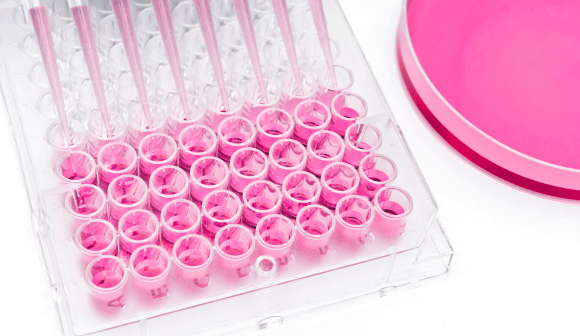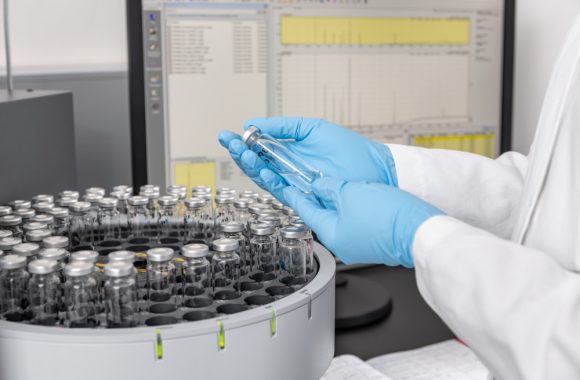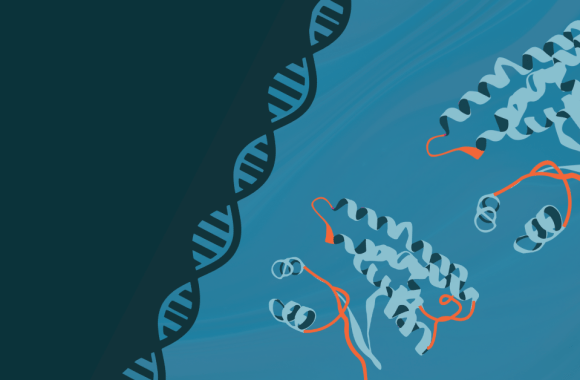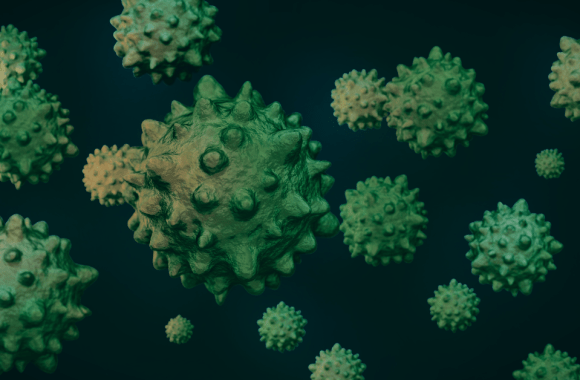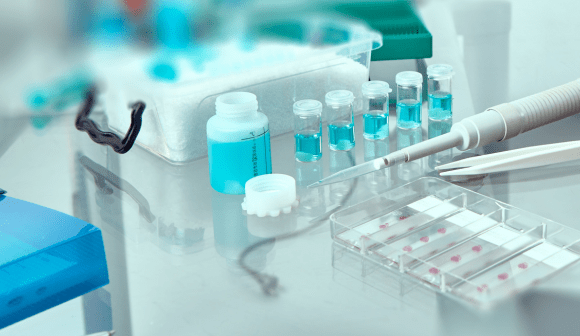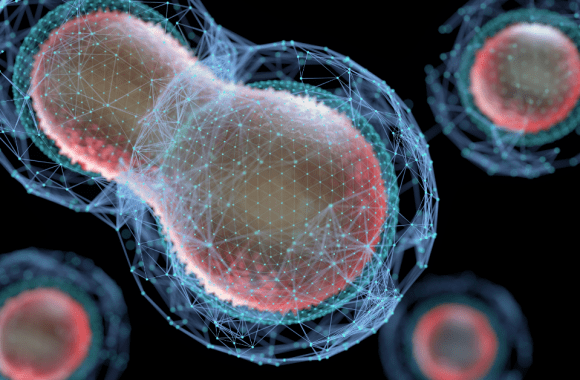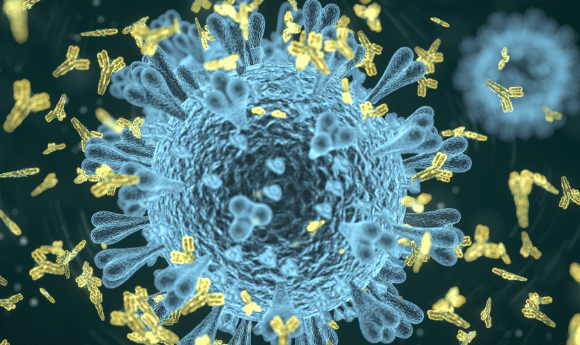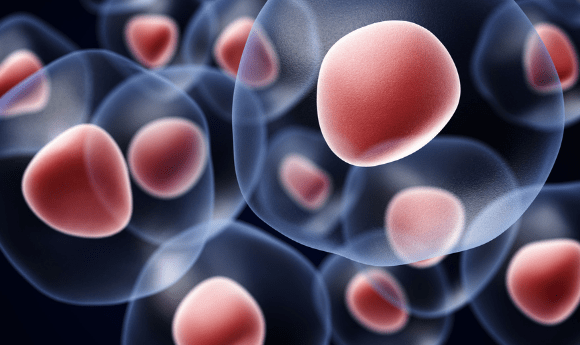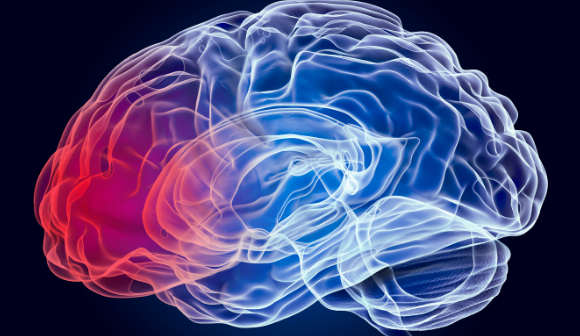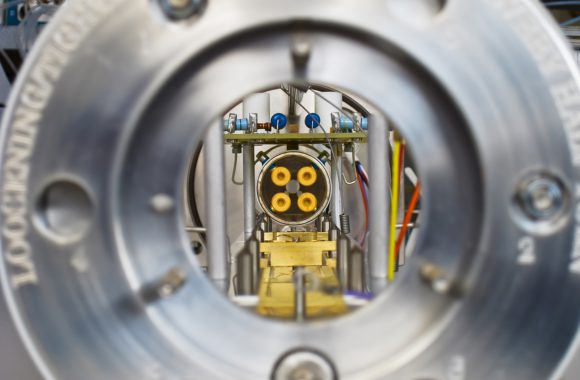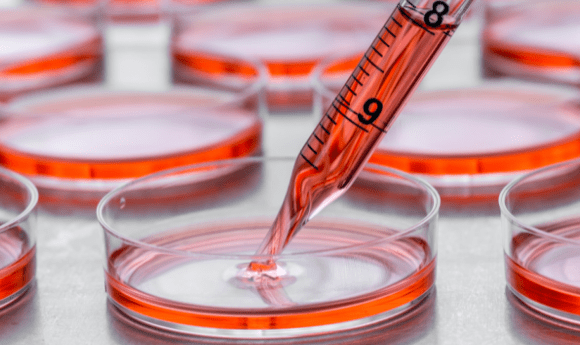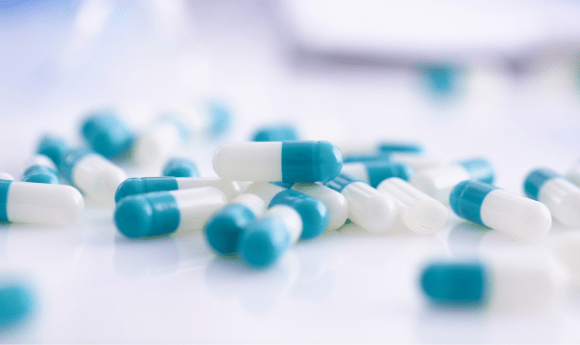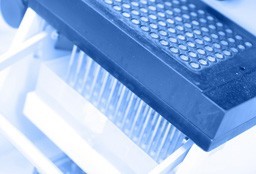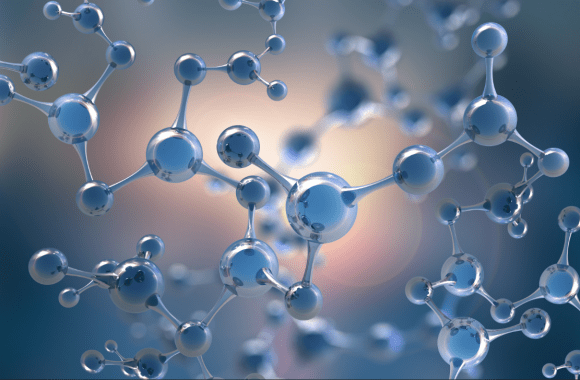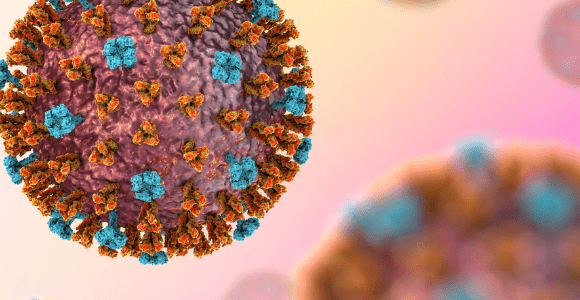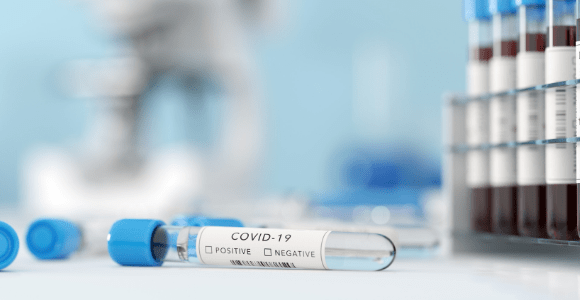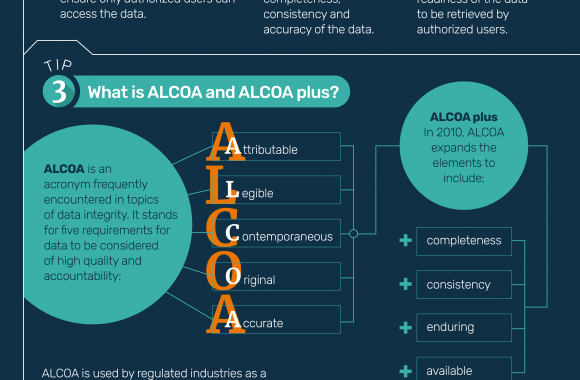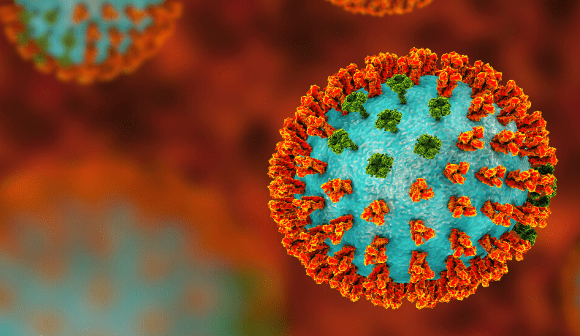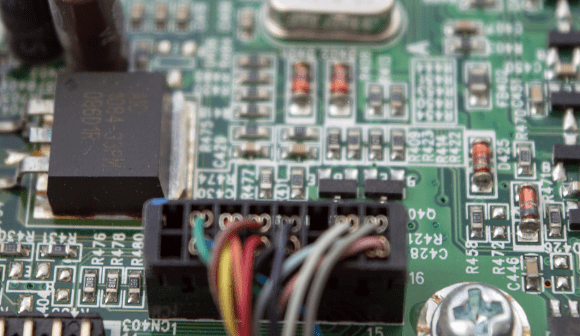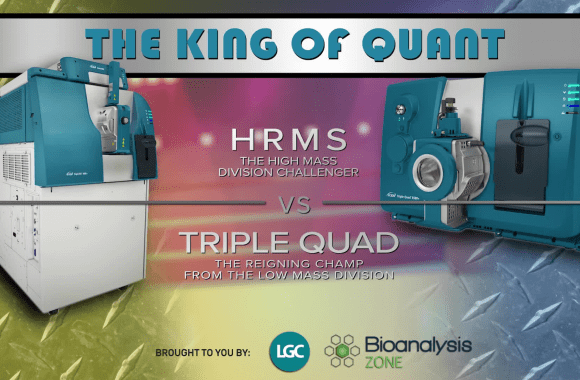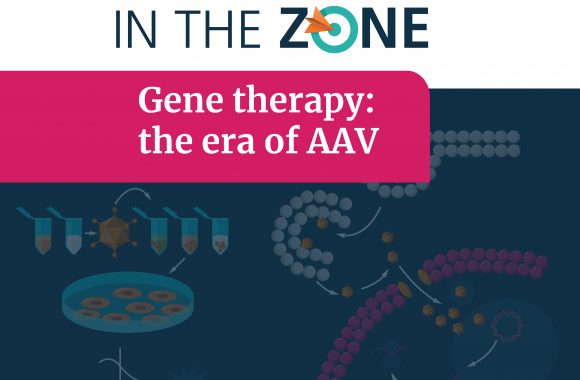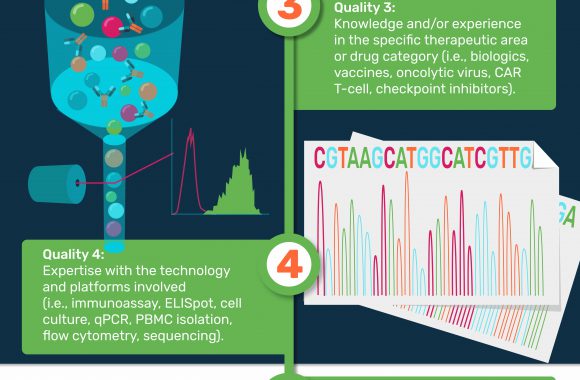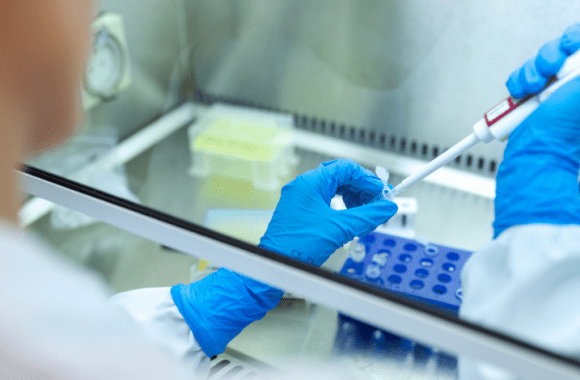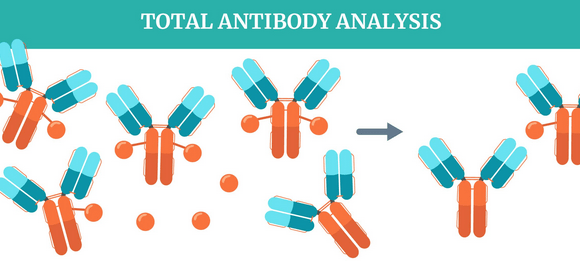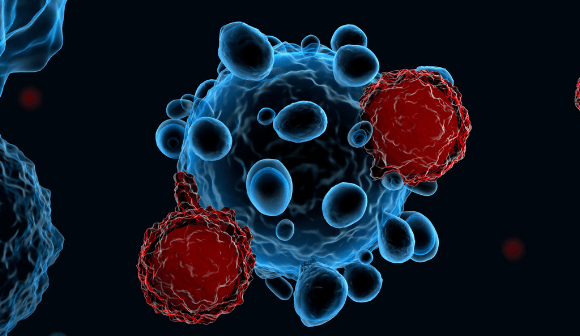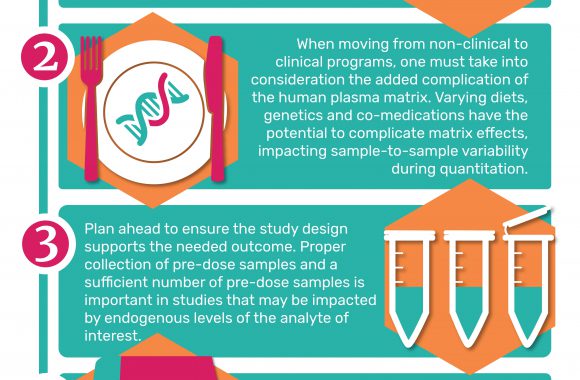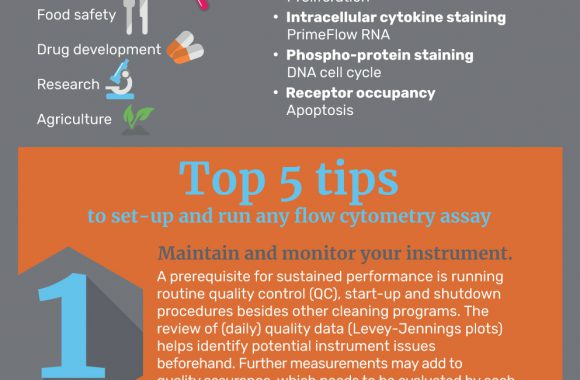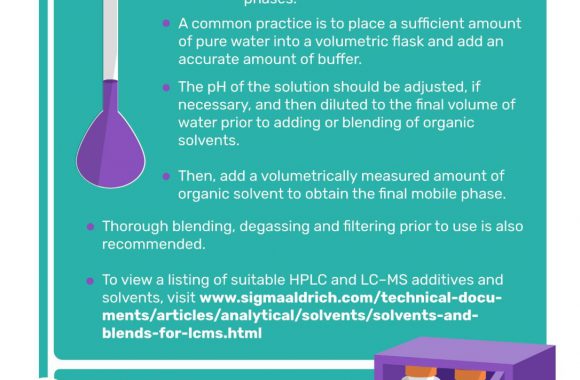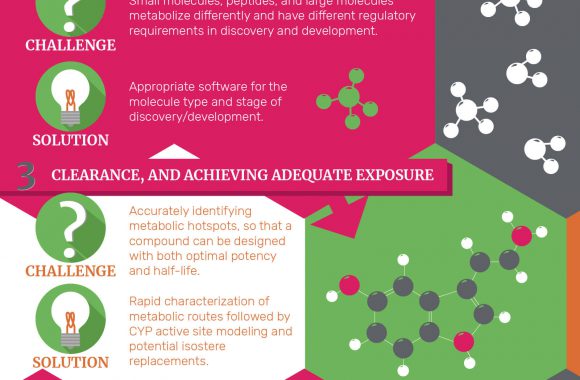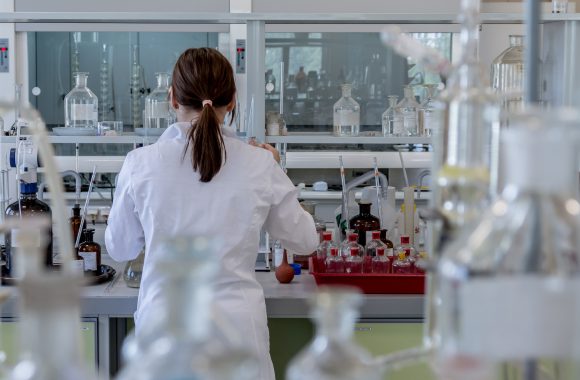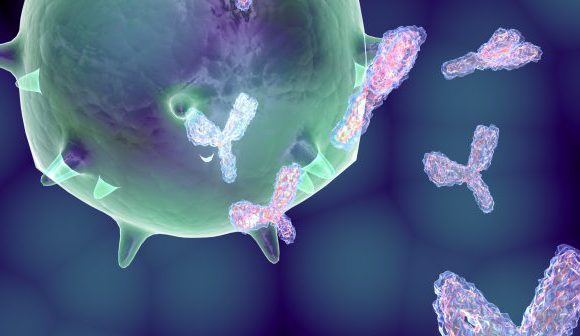In the Zone
In this multimedia feature, you can explore a topic through an introductory 2-minute video, infographic and interview with a topic expert. We also provide additional resources, so you can find all of the information you need to understand a topic in one place.
Our In the Zone features allow you to grasp a full understanding of a topic, from the basics to the high level.
In the Zone: the importance of monitoring assay performance and maintenance
Upon validation of any assay, monitoring its performance is a critical portion. There are two major aspects of assay monitoring: assay performance and assay maintenance. Monitoring ...
Read moreIn the Zone: the importance of tailored sample preparation methods
Sample preparation is a foundational element for precise analysis across regulated industries like pharmaceutical, cosmetics, medical devices or food and beverage, ensuring product ...
Read moreIn the Zone: oligonucleotide therapy quantitation
The development of oligonucleotide therapies for the treatment of genetic diseases through modulation of gene expression is rapidly expanding, with 22 approved therapies currently and a ...
Read moreIn the Zone: automating analytical methods for gene therapy
Gene therapy is one of the most innovative therapies in the world. By the end of 2022, there were 24 gene therapies approved (five of which happened in 2022) and more than 2000 clinical ...
Read moreIn the Zone: overcoming hurdles for iChem workflow automation
Challenges within the pharmaceutical industry including clinical study mix, sample volumes and virtualization, unique assays, talent scarcity and rising cost pressures on lab ...
Read moreIn the Zone: ELISpot assays for evaluating safety
A critical aspect of testing therapeutic drugs that treat human disease is evaluating their safety post-administration. Traditionally, this has been achieved by monitoring key ...
Read moreIn the Zone: clinical development for oncology
Next generation sequencing panels are useful tools for diagnostics, hereditary risk assessment, prognosis and treatment selection and support the delivery of personalized treatment for ...
Read moreIn the Zone: Research Regulations – China NMPA
Supporting new drug application submissions using manual data will become increasingly obsolete as electronic versions can offer increased efficiency, traceability and data preservation ...
Read moreIn the Zone: smart biomarker assays
Biomarkers can belong to many diverse classes of molecules, such as lipids, steroids, sugars, even peptides and proteins. Most biomarkers are amenable to LC-MS/MS, however, very polar ...
Read moreIn the Zone: ADA assessment and detection
The potential for a drug to induce an immune response in patients may be a critical factor in its clinical success. Anti-drug antibodies (ADAs) can impact the efficacy of the drug as ...
Read moreIn the Zone: bioanalytical matrices – disruption and solutions
The COVID-19 pandemic has strained the biological matrix supply chain. An upsurge in demand driven by numerous COVID-19 therapeutic and vaccine development programs to combat the ...
Read moreIn the Zone: flow cytometry for cell and gene therapies
As a bioanalytical method capable of detecting and measuring the physical and chemical properties of a population of cells, traditional flow cytometry has remained a mainstay of the ...
Read moreIn the Zone: biomarkers and Alzheimer’s disease
Alzheimer’s disease is a devastating neurodegenerative disease and the only one of the top 10 deadly diseases that have almost no treatment. FDA approved ADUHELM® from Biogen (MA, ...
Read moreIn the Zone: iChem workflows and automation
Several challenges are driving the need for greater efficiencies and flexible iChem automation in today’s immunochemistry environment, including COVID-19 pandemic-related effects, ...
Read moreIn the Zone: bridging the LBA and LC−MS disciplines for hybrid assays
The increasing complexity of large molecule therapeutics has driven the need for additional approaches to quantitation in regulated bioanalysis where challenges with traditional ligand ...
Read moreIn the Zone: cell-based assays
Cell-based assays can be utilized throughout the drug development process for a faster translation to clinical trials. By utilizing cell cultures as model systems, cell-based assays ...
Read moreSpecial focus: nitrosamines
The pharmaceutical industry is facing an ongoing issue with genotoxic impurities (GTIs). Since 2018, we have witnessed genotoxic impurities affect several drugs, including those used ...
Read moreIn the Zone: ocular cell and gene therapies – why the eye?
The last 10–15 years have seen an increased interest in cell and gene therapies (CGTs). CGTs refer to a group of drug products or therapeutics in which the active pharmaceutical agent ...
Read moreIn the Zone: Gyrolab vs ELISA
Plate-based enzyme-linked immunosorbent assays (ELISAs) are widely used due to their advantages of simplicity, high specificity and sensitivity, and technical simplicity, but are ...
Read moreIn the Zone: automation
Automating sample preparation for complex assays pays dividends to scientists and project management, as liquid handlers can streamline workflows and provide audit trails documenting ...
Read moreIn the Zone: the acoustic ejection mass spectrometry age
High-throughput screening of candidate compounds during drug discovery has been hindered by the limitations of traditional liquid chromatography. Acoustic Ejection Mass Spectrometry ...
Read moreIn the Zone: phosphorylated biomarkers
An integral part of the drug development process is the proper identification of drug action and mechanism. One method to understand the pharmacodynamic effects of a drug on specific ...
Read moreIn the Zone: virtual audits
As research continues throughout the COVID-19 pandemic, the need to continue operations as usual while maintaining regulatory compliance, presents unprecedented challenges for the ...
Read moreIn the Zone: the COVID-19 vaccine effort
In this feature we focus on the COVID-19 vaccine effort and explore how do we decide that a vaccine is effective? Within this feature, we will show the various steps within the ...
Read moreIn the Zone: biomarker assays
Reliable diagnostic, prognostic, predictive, pharmacodynamic and pharmacokinetic biomarkers are critical to assure correct patient selection, drug dosing and monitoring. Being able to ...
Read moreIn the Zone: data management
Data management is a common terminology used in almost all industries. It comprises all disciplines related to managing data as a valuable resource. Regulated bioanalytical laboratories ...
Read moreIn the Zone: the use of singlicate analysis in LBAs
Ligand-binding assays (LBAs) including plate-based enzyme-linked immunosorbent assays (ELISAs) are a mainstay of the bioanalytical quantitation of biotherapeutic drugs in ...
Read moreIn the Zone: coronavirus
With coronavirus disease 2019 (COVID-19) shutting down countries and economies, the world is expectantly looking at scientist to come up with a solution. Although the novel severe acute ...
Read moreIn the Zone: ChipCytometry
To develop a thorough understanding of the biological problems that face the bioanalytical field today, we need to measure and visualize increasingly complex biochemical and ...
Read moreIn the Zone: HRMS versus QqQ
Traditionally, triple quadrupole mass spectrometry (QqQ) is viewed as the workhorse of the bioanalytical laboratory. However, developments in high-resolution mass spectrometry (HRMS) ...
Read moreIn the Zone: gene therapy – the era of AAV
Thousands of people are born with diseases caused by genetic defects every year. A gene mutation can result in the absence or reduced function of a critical protein. Less than 10% of ...
Read moreIn the Zone: immunogenicity
Pathogen immunity has long been determined by antibody-detection assays, however, in many situations, measuring T-cell immunity to specific pathogens can provide physicians with ...
Read moreIn the Zone: The bioanalyst – challenges and solutions
Assay development enables a drug or biochemical to be tested or measured. When analyzing a peptide of interest, it is important to choose and develop assays that are specific, sensitive ...
Read moreIn the Zone: Peptide Bioanalysis Sample Preparation
Bioanalysis is a critical part of the discovery and development of peptide therapeutics. LC–MS is an established technique for quantifying peptides; however, analysis of target analytes ...
Read moreIn the Zone: antibody-drug conjugates
Bioanalytical strategies for PK analysis of antibody–drug conjugate therapeutics using LC–HRMS & LC–MS/MS Antibody–drug conjugates (ADCs) combine the best of two modalities: toxin ...
Read moreIn the Zone: CAR-T cells
Chimeric antigen receptor T-cell therapy, known as CAR-T cell therapy, is an immunotherapy treatment option for cancer, whereby a patient’s T-cells are purified and manipulated in the ...
Read moreIn the Zone: alternative matrices
Whole blood, plasma, serum and urine samples are often utilized as key matrices for bioanalytical research, but what happens when these samples are inappropriate or unattainable for a ...
Read moreIn the Zone: flow cytometry
Flow cytometry is a versatile tool used for analyzing parameters on an individual cell basis. The technology measures fluorescence associated with cells, using refracted or emitted ...
Read moreIn the Zone: drug metabolism
Studying drug metabolism is vital in understanding the time course of a drug, critical dosages, toxicology of drug metabolites and other interactions of drug combinations. The rate a ...
Read moreIn the Zone: biotransformation
The biotransformation process plays a significant role in determining the fate of prospective drugs. The way that compounds are transformed from one form to another has a big impact on ...
Read moreIn the Zone: old vs new technologies
Investing in new technologies in the field of bioanalysis has its obvious advantages. New technologies often offer improved data quality and accuracy; better efficiency cutting costs ...
Read moreIn the Zone: immuno-oncology
Immuno-oncology is an evolving approach that harnesses a patient’s own immune system to help treat cancer. This treatment modality has great potential to enable the specific destruction ...
Read more
